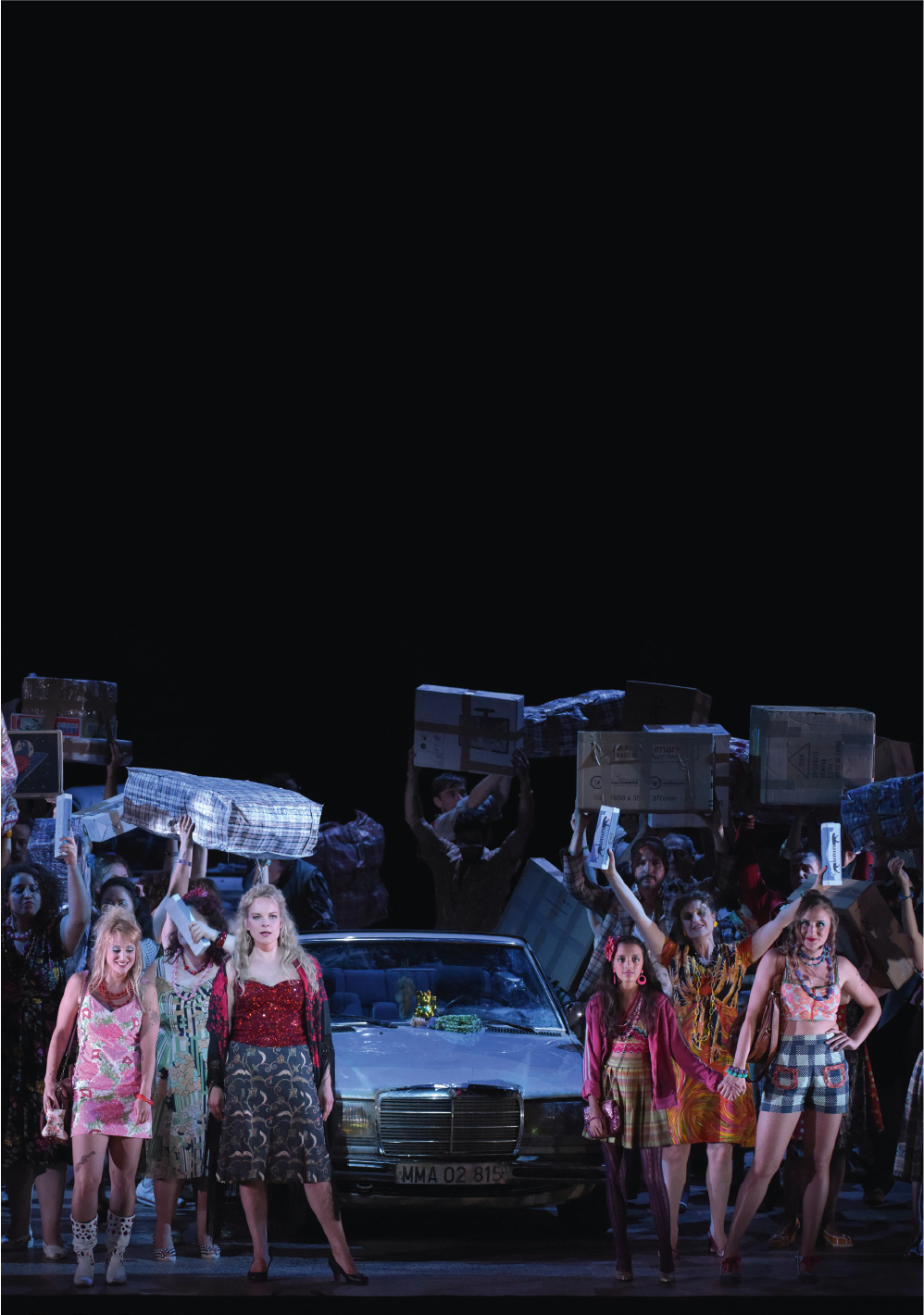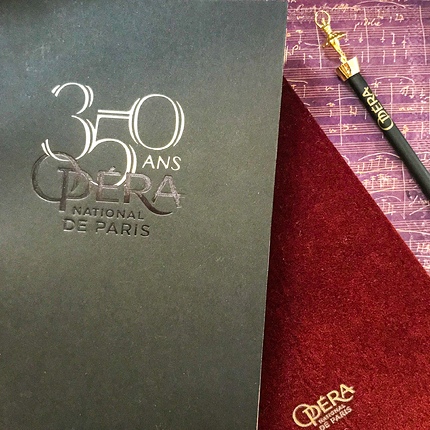III. Acclamation on opera-house stages
Musical controversies on how Mozart’s operas should be staged began to die down after 1830. No longer simply “fashionable”, he rose to the rank of “classical” composer. His works were performed in ever greater compliance with their original scores. The situation, in fact, was turned on its head: whereas at the beginning of the century Mozart had still been regarded as just another composer among many, good at providing fodder for opera singers’ talents, it was now the singers’ job to reveal the composer’s greatness. Theatre directors played a key role in this regard, calling upon the skills of the finest performers and most prestigious stage designers. Giving his works top billing in their programming, they entered into fierce competition with one another, showing no hesitation in staging the same opera simultaneously – in 1866, for example, Don Juan was performed at a trio of rival Paris theatres.
In the 20th century, Mozart became one of the most popular composers in France. Evident from, for example, the success of the “Festival d’art lyrique d’Aix-en-Provence”, an international music festival which, from its first edition in 1948, became the prime mover in rediscovery of Mozart’s operas in their original language. A few years later, the Paris Opera, under its new director Rolf Liebermann, followed in its footsteps and staged The Marriage of Figaro. Over the years, the institution has added other lesser-known works to its repertoire, including Così fan tutte in 1974 and The Clemency of Titus and Idomeneo in 1987. So much so, indeed, that for the last forty years Mozart has been the Paris Opera’s most performed composer.


















